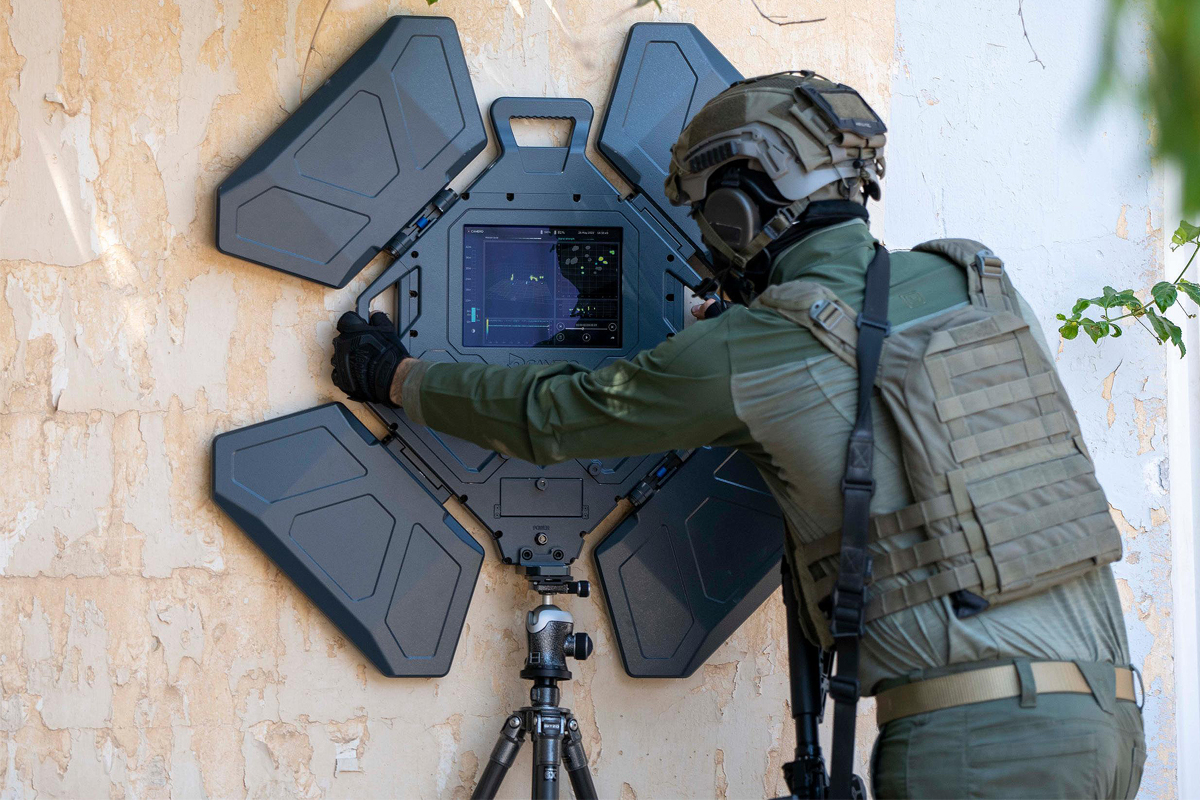Get SAT a été fondée en 2013 par Kfir Benjamin, vétéran de l’unité de drones de Tsahal, qui en est le PDG, et Oleg Roitberg, vétéran de 8200. Tous deux sont les propriétaires majoritaires de l’entreprise, qui emploie environ 40 personnes.
LE PLUS. « Get SAT, is the leading provider of micronized satellite on-the-move terminals for ground, air, and maritime applications.
Our state of the art patent flat panel technology, along with a powerful controller, creates the best in its class SWaP product line in the market.
The company serves both the military market as well as the commercial market, delivering satellite communication solutions and line of site solutions.
We are THE experts when it comes to high-efficiency solutions, multi-tasking controllers, and micronizing solutions that were not available till today. »
LE PLUS.
« GetSAT Technologies specializes in cutting-edge antenna panel technology, particularly known for their InterFlat solution.
InterFlat, designed for exceptional performance in a compact form factor, can be seamlessly integrated with GetSAT’s advanced control and tracking system.
This integration results in a highly versatile and self-contained satellite terminal system, delivering portable, high-speed, and full-duplex satellite communications capabilities ».
LE PLUS.
Call it a Musk effect: the success of constellations like SpaceX’s Starlink and Starshield has the Pentagon hungry for satellite communications (SATCOM) solutions with more capabilities, prompting firms like the French company Thales to shift their approach and even acquire new businesses, according to company executives.
“Requirements in the market are changing dramatically thanks to Elon Musk and SpaceX,” Aaron Brosnan, president of Thales subsidiary Tampa Microwave, said in an interview earlier this month on the sidelines of the SOF Week conference in Tampa. “Really now what the [US Defense Department] wants is terminals that can do any orbit, any network, any band, on the move.”
A response by Thales to that desire is to pitch the Ka-band Milli Sling Blade antenna manufactured by the Israeli company Get SAT. Thales acquired Get SAT in part for the rights to products like the Milli Sling Blade, which uses electronically steered phased array antenna technology.
“Thales confirms the acquisition of GET Sat,” a Thales official told Breaking Defense. “Get SAT will complement Thales’s existing global SATCOM business and enhance our secure satellite communications offering and leading position in communications integration.”
As opposed to when geostationary (GEO) satellites ruled the day, users now demand “lower latency, higher throughput, global coverage. And unfortunately, GEO can’t do that,” Brosnan said. “So that’s why Elon Musk picked LEO [low Earth orbit] and others have picked MEO [medium Earth orbit].”
A corresponding change is the desire for antennas that can communicate with more of those constellations, whether commercial or military. When users relied mostly on GEO satellites, Brosnan explained, GEO-focused parabolic antennas could easily connect to those satellites since they remained in a mostly fixed position. But fast-moving MEO and LEO birds require electronically steered arrays that can track those satellites, creating a need for a different kind of communications tech.
So, Thales is moving to field antennas that can meet the needs of satellites across multiple orbits. The company’s modernized outlook “moves us away from what was traditionally GEO-only parabolics towards electronically steered arrays, which is flat panel technology,” Brosnan said, pointing to the Milli Sling Blade on display at Thales Defense & Security’s SOF Week booth.






